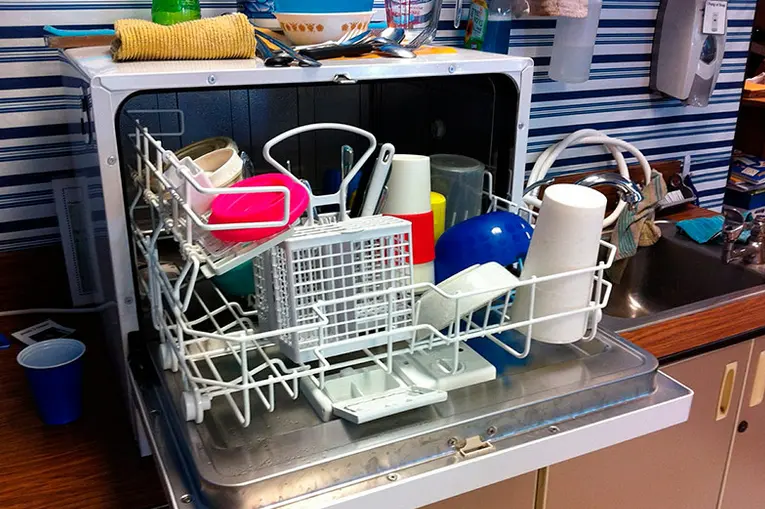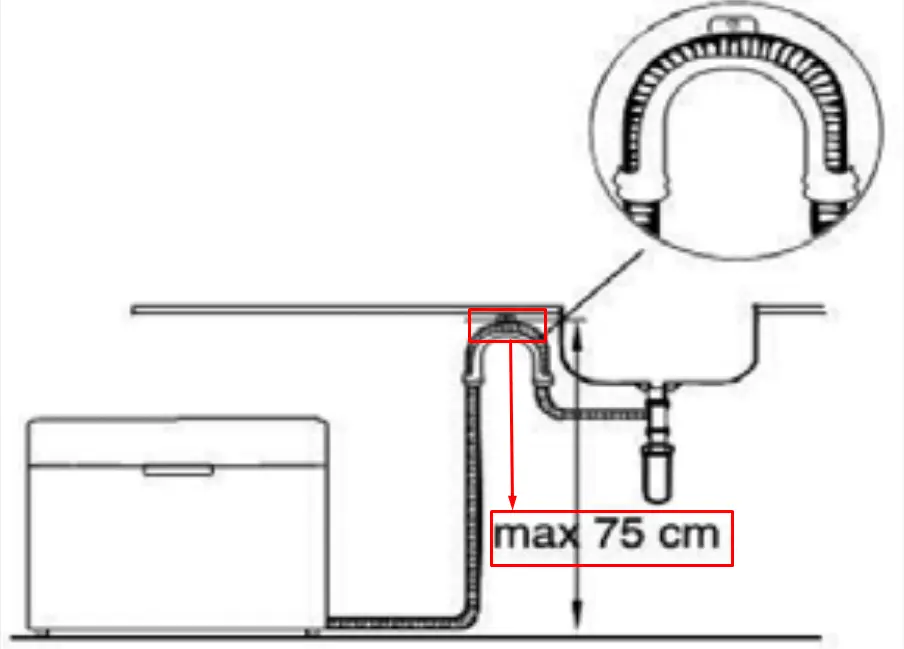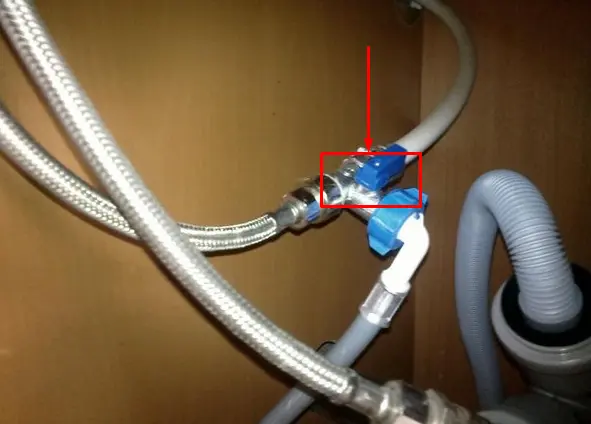Contents
Installing any dishwasher is a simple matter, the main thing is to act carefully and slowly. And if you bought yourself a desktop (portable) washing machine, then connecting it will be even easier and more convenient. After all, you do not have to climb behind the back of the device to connect all the necessary communications to it. In the article, we will tell you how to connect a desktop dishwasher yourself, and offer you step-by-step instructions.
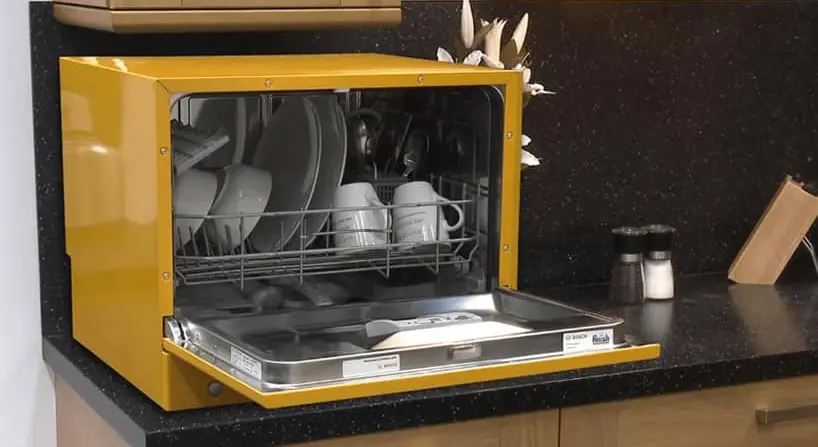
What is required for installation?
The first thing to do before installing a washing machine is to choose a suitable place for it in the kitchen. And in order to choose it correctly, you must consider the following:
- The points of supply and discharge of water, as well as the power supply network, should be located directly close to the future place of permanent deployment of the PMM.
- Ensure that during operation, no other items (furniture, household appliances) interfere with free access to the machine (opening the door, loading dishes)

- The surface on which the equipment is installed must be flat.
To install a tabletop dishwasher, you will need the following accessories:
- 3/4″ thread adapter;
- flow filter;
- siphon with outlet (fitting);
- winding for sealing joints;
- clamps (clamps).
Of the tools you will need: an adjustable wrench (small), pliers, a screwdriver.
If the pipes from the old dishwasher are left, it is unacceptable to reuse them (even if they are intact and not damaged). Use only new accessories for connection.
The installation process
Installation of PMM involves connecting it to the sewerage, water supply and electricity supply. And in this case, the correct sequence of actions is of great importance. If this requirement is ignored, the procedure will take longer and may even have to be redone. How to act? We offer you step by step instructions below.
Step one: bring to the drain point
The procedure for connecting to the sewer is not complicated. But you need to take into account a few nuances:
- The siphon for draining water must have a side fitting for connecting a drain hose. If not, you will have to put a suitable siphon.

- If the dishwasher is installed below the level of the countertop, then the drain pipe at the inflection point is raised to a height of at least 75 cm.

Make sure that the hose itself is not pinched or twisted anywhere. Otherwise, problems with water drainage cannot be avoided.
If these points are completed, it is enough to simply install the end of the drain hose into the fitting on the siphon. For reliability, it is better to fix the junction with a clamp so that the hose does not break with strong pressure.
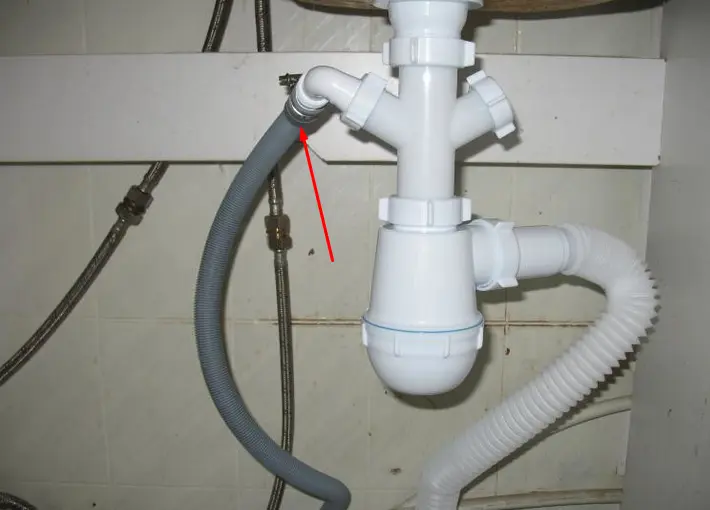
Step two: connect to the water supply
You can connect the equipment both to the cold water supply system and to the hot one. But for our realities it is better to refuse the second option. Hot water often contains more mechanical impurities than cold water. Therefore, there is a risk that the machine will quickly fail, without having worked out even half of its warranty period.
To connect the device to the water supply, proceed as follows:
- Shut off the water supply and drain the water from the pipes.
- On a cold water supply, disconnect the flexible hose and remove the old waterproofing.
- In its place, install a tee passage valve.

- Screw the inlet hose to one end (where there is no faucet), and the plastic mixer tube to the other (the one with the faucet).
- Isolate all threaded joints with fum-tape.
Wind the fumka in 10-15 layers around the connection. If the tape becomes tangled, rewind it.
Step three: connect to the power supply
Any dishwasher is connected to the power source through a regular outlet with a voltage of 220 watts. But it is important that its location relative to the connected device is as follows:
- Be close to the equipment, since it is absolutely impossible to use an extension cord to supply it.
- Be placed to the right or left of the device, but not behind it.

It is also impossible to connect PMM and other household appliances to the same outlet.
If all the rules and recommendations for connection are followed, it remains to run the dishwasher in test mode to check the operation of the entire system.
Conclusion
Installation of a desktop PMM is no different from installing any other washing machine. If you follow simple rules, the procedure will pass relatively quickly and without much effort. But before starting work, it is better to read the instructions for the device, since each model may have its own nuances of connecting to communications.
In conclusion, we suggest you watch some useful videos on installing the PMM below:











